Eating to get slim
Unilever is in serious and much vaunted trimming and pruning mood as it buys Bestfoods. So what casualties will we see asks Gillian Law
For a company that wants to slash the number of brands it owns, Unilever is going about it in a novel way. This week's $20.3bn deal to buy Bestfoods follows the purchase of SlimFast and Ben & Jerry's ice cream. All of which begs an obvious question: once it has bedded in the new Bestfoods acquisition, will the Anglo-Dutch consumer goods giant start the process of portfolio pruning all over again?
Analysts say the Bestfoods purchase will bring in a small number of juicy brands that will fit perfectly with the existing Unilever business. But they also agree there is a tail of smaller, usually regional, brands that could soon be put up for sale.
These include the likes of Karo corn syrup, Rit fabric dye and Argo corn starch. The bakery division is also likely to be divested. It is already run as a separate business and a sale was mooted by Bestfoods while it was still spurning Unilever's initial advances.
Bestfoods' portfolio also contains plenty of quirky products that may have a strong presence but are in a limited number of markets. Marmite and Ambrosia are two of the most obvious examples. Given Unilever's attempts to focus on global brands, what will it do with these regional favourites?
And there are also some startling brand clashes between the two portfolios: Bovril and Oxo, as well as Napolina and Ragu. Will that also lead to casualties?
Competition regulators in Europe may join in the fun by insisting some brands are dropped or sold because of competitive clashes in various national markets.
Unilever will not be drawn on this speculation. It is also staying tightlipped about possible job losses.
But Unilever must start the process of achieving $750m a year of savings by 2003 and quickly. It admits this will inevitably lead to job losses, but is saying no more.
Clearly sales, distribution and marketing will be the hardest hit. And trade sources say it is highly likely Bestfoods' operation in the UK will be subsumed by Van den Bergh Foods.
The one thing that is clear this week is that Unilever has picked up some gems notably Knorr and Hellmann's.
Knorr, with $2.5bn worldwide sales annually, is set to become Unilever's number one brand, and Hellman's will come in around number four with sales of almost $1bn.
It's the success of these products and their potential for further global growth that made Bestfoods so attractive to Unilever chairman Niall FitzGerald. The deal also strengthens Unilever's position in the US, where it has historically been weak, at a time when consolidation among worldwide manufacturers is starting to accelerate.
All of which helps explain why Unilever was prepared to increase its original cash offer from $66 a share to $73 to win Bestfoods in what has become the biggest takeover in the food industry for more than a decade.
Bestfoods played its hand carefully, refusing initially to talk to Unilever, and instead started negotiating with other potential buyers or partners including Campbell Soups, Heinz and Diageo.
However, analysts agree that the price paid by Unilever is worthwhile.
"It's a fairly high price," said Deutche Bank analyst John Parker, "but Bestfoods is one of the most highly regarded food companies in the US so I don't think Unilever paid too much."
Analysts point out that by bringing powerful brands like Hellmann's and Knorr on board, Unilever will find it easier to reach profits targets while cutting back on brand numbers.
Before news of a Bestfoods deal was made public, the group had stated that it wanted to cut the number of brands in its portfolio from 1,600 to 400 of the highest performing products
Parker said: "Unilever is already very much on track in reducing the number of brands and can now rationalise categories across both businesses."
The rate of attrition of the tail of products will accelerate, agreed CCF Charterhouse analyst Nicola Mallard. "A brand like Knorr, for example, will give the company more opportunities for disposal they can drop regional sauces and soups [such as Batchelor's] sooner."
She said it was difficult to have global food brands because national tastes differed so much but Bestfoods was one of the few to have achieved this ambition.
The merger, said FitzGerald, had created the pre-eminent global food and consumer goods company. Together, he said, the companies had a portfolio of powerful worldwide and regional brands. "The complimentary nature of our geographic coverage and our combined products, including Bestfoods foodservice operations, will help us further raise our growth ambitions."
{{NEWS }}
Close menu
- Home
- Retail & Wholesale
-
Products & Suppliers
- Back to parent navigation item
- Products & Suppliers
-
Product Categories:
- Back to parent navigation item
- Product Categories:
- Alcoholic drinks
- Bakery
- Cereals & breakfast
- Cheese
- Chicken & poultry
- Chocolate
- Confectionery
- Crisps, nuts & snacks
- Dairy
- Fish
- Fresh produce
- Frozen
- Household
- Meat
- Own Label
- Sauces & condiments
- Seasonal
- Soft drinks
- Vaping
- Vegan & plant-based
- World foods
- Suppliers
- People
- Reports & Data
-
Topics A-Z
- Back to parent navigation item
- Topics A-Z
-
Popular topics:
- Back to parent navigation item
- Popular topics:
- Cost of living crisis
- Crime
- Deposit Return Schemes
- Finance
- Government & Regulation
- Health
- Inflation
- Loyalty
- Marketing
- Mergers & Acquisitions
- New Product Development
- Sourcing
- Supply chain
- Sustainability & environment
- Technology
- Ultra Processed Foods
- Vaping
- A-Z all topics
- Content by type:
- Events
- Ask iA (beta)
- Subscribe now
Sign in to comment on this article
Not logged in before? Register for FREE guest access today.
You will be able to:
- Read more stories
- Receive daily newsletters
- Comment on stories
Advert




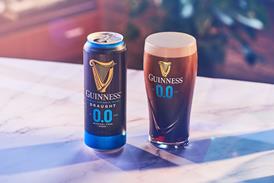


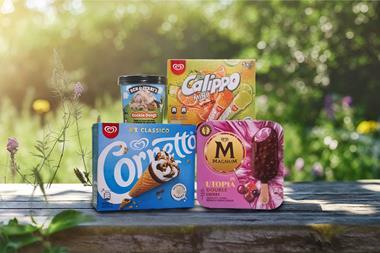

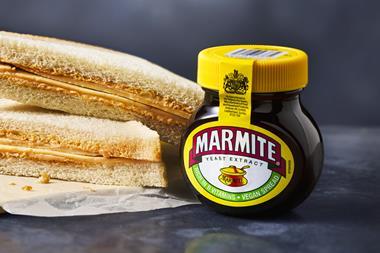
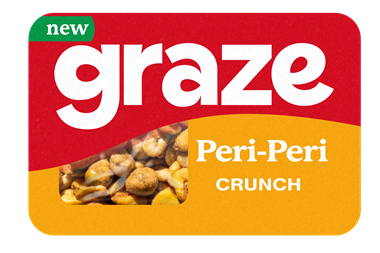
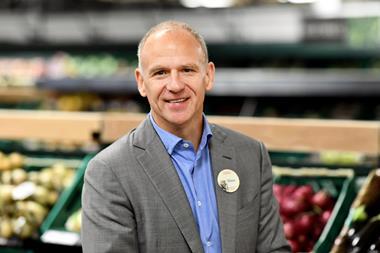
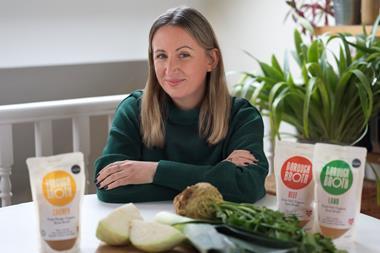

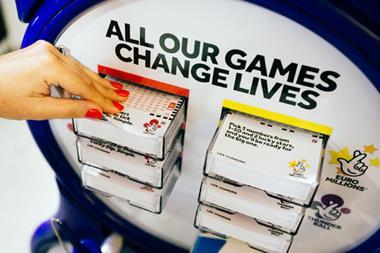

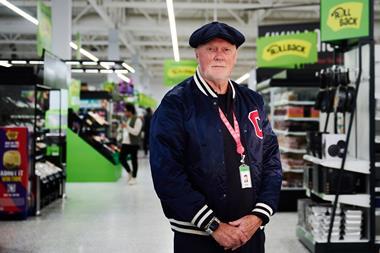

No comments yet